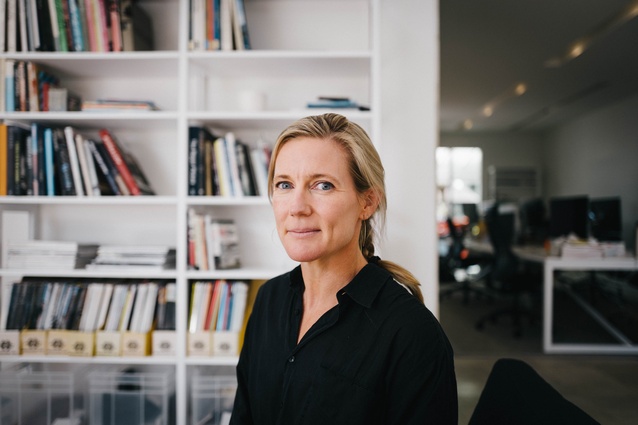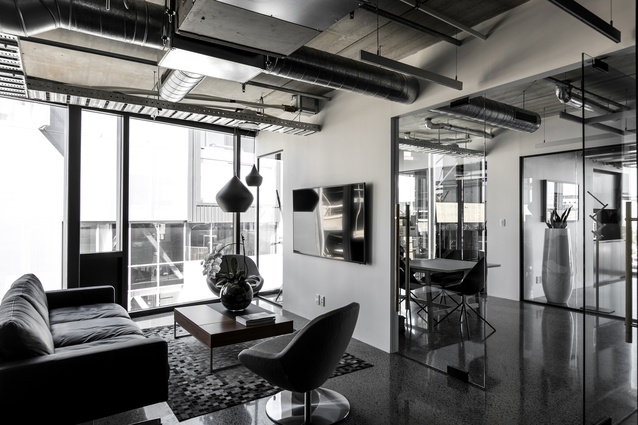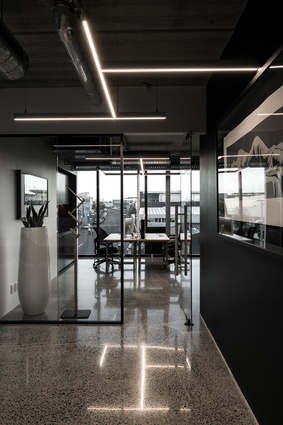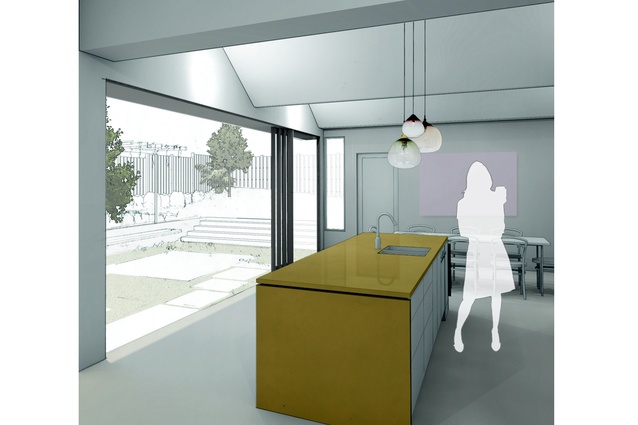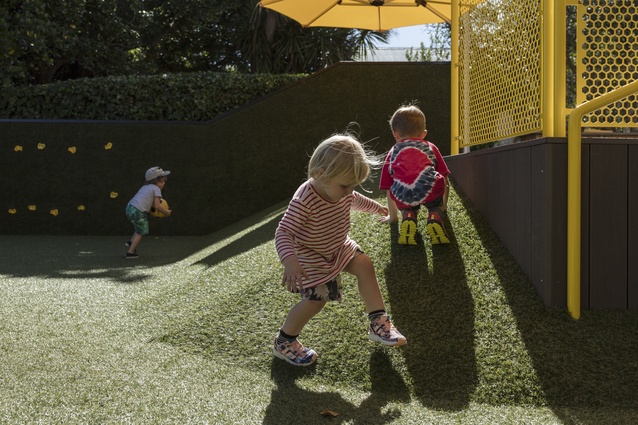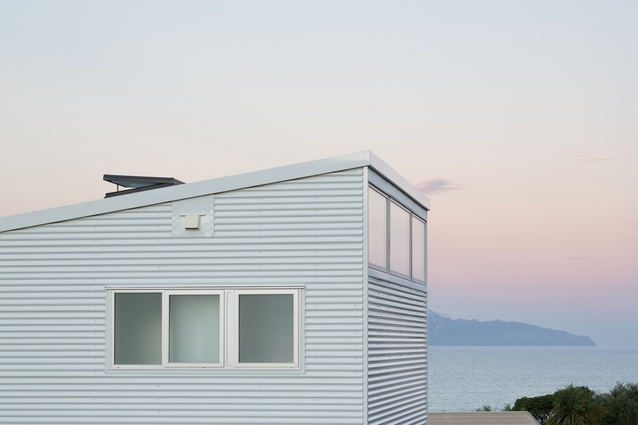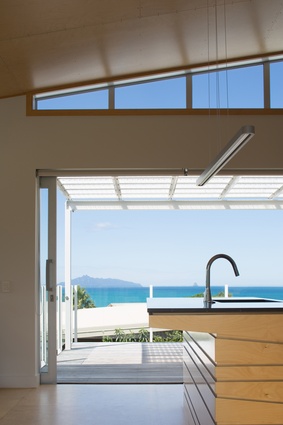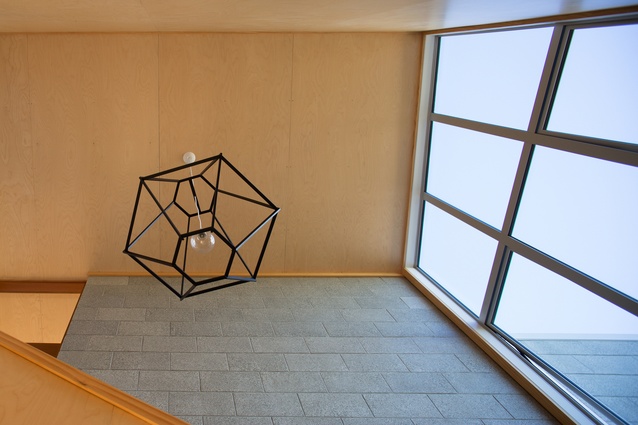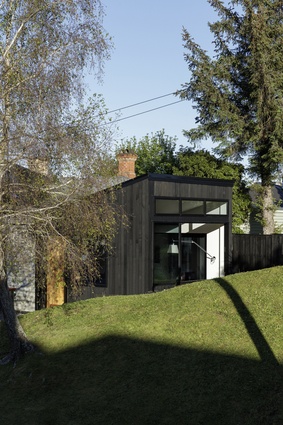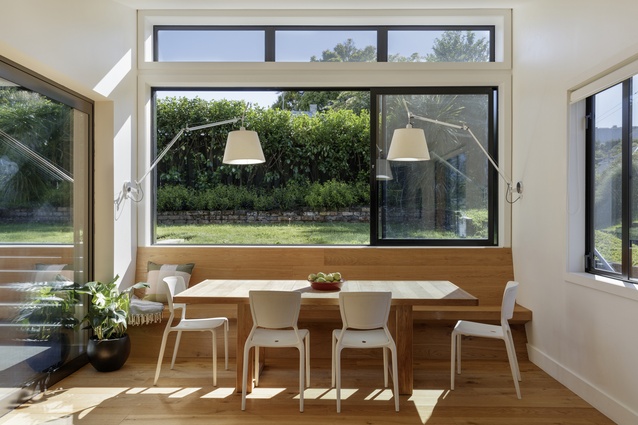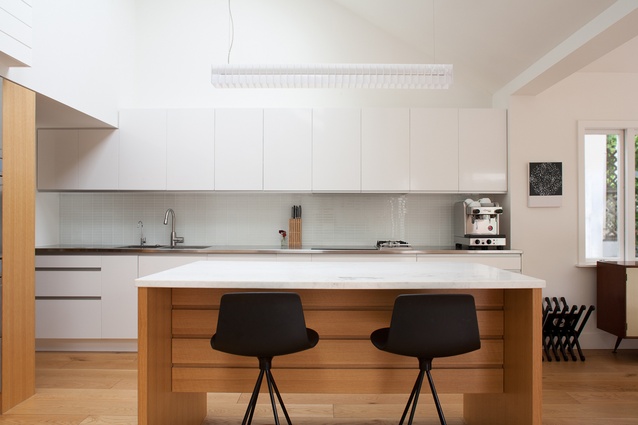Dual interests: Natasha Markham
Architect and urban designer Natasha Markham talks about suburban design, improving Auckland City and the 76 Small Rooms podcast with ArchitectureNow editor Amelia Melbourne-Hayward.
Amelia Melbourne-Hayward: Can you tell me a little about your background?
Natasha Markham: I am a trained architect and worked in New Zealand post graduation for around five years before heading to the UK. I came back to complete a Master of Urban Design at Auckland University, which I finished in 2008, while also working on architecture projects on the side.
Post master’s degree I concentrated on urban design, working for the former Manukau City Council for a few years, as I felt it was important to get a grounding in the profession. I have now swung back to more of a balance between two.
AMH: What drew you to study urban design after having worked in architecture?
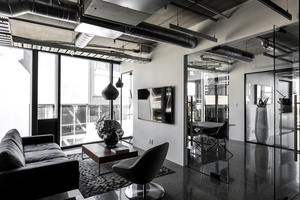
NM: While in the UK I worked on one of the Millennium housing projects, which was around 600 homes on an old colliery site. The idea around the project was about creating new communities with a good proportion of affordable housing and other environmental objectives. It really piqued my interest in urban design as I’ve always loved cities and thinking about housing issues.
AMH: You started Markham Architecture + Urban Design (MAUD) in 2015. What was the impetus behind setting up the practice?
NM: I wanted to combine architecture and urban design services and I saw an opportunity to look at how I might uniquely position myself and create a team around those dual interests.
I was also looking at something that could be very flexible as my children were still relatively young. It was difficult to see obvious places for women in leadership positions in some of the existing practices in Auckland and I knew I wanted to be able to do something where I could find some balance.
AMH: Have you managed to successfully merge the two professions thus far?
NM: Most of the urban design work that we’ve done to date has been on a consultation basis but it’s certainly something we’re looking to take on more ourselves. I also sit on the Auckland Urban Design Panel, the Hobsonville Design Panel and am about to be involved with the Auckland Housing Programme.
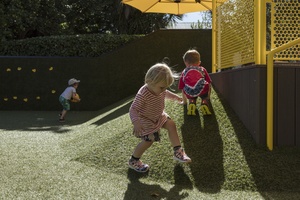
It’s an exciting time to be involved in that area. There have been some fantastic moves in Auckland over the last 5 to 10 years and the direction of the city is changing for the better, although there is still a lot of work to do.
AMH: How do you find the reality of the work-life balance running your own practice with two children?
NM: I certainly don’t think that I work ‘less’ than I would in another firm but what I do have is flexibility, which means I’m better placed to schedule my time around the boys.
Architecture isn’t something that you clock out of at the end of the day, there’s always some idea percolating away in the back of your mind, so the issue is about having the ability to determine how your time is spent, given the demands (work and other) at any point in time.
AMH: What sort of projects do you have on at the moment?
NM: We have a couple of great hospitality and commercial fit-out projects currently on site, with another in the pipeline. They tend to be a relatively fast turnaround, so we’re enjoying that. We always have a few residential alteration and addition projects on too, which usually tend to be in the central suburbs.
AMH: Do you have any overarching principles or ideas behind your designs?
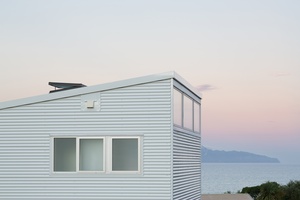
NM: We’re really interested in the idea of creating spaces that connect us to the place that we are in, our environment, and to each other. That idea resonates from the small-scale residential projects right through to the way that we approach urban design and spatial projects.
AMH: Tell me about the future directions for the practice – do you want to grow larger or diversify?
NM: We want to grow sustainably. I definitely have a real commitment to staff and I want to make sure that we’re growing as a team.
We’re interested in housing projects, which has always been a passion for me. One of the key ways that we should be looking to address the housing crisis is through innovation: both in construction and in design. As our cities get bigger, the tolerances become smaller, so design needs to play a bigger role.
When it comes to suburban design there’s a lot of the same type of model being rolled out. The market is not just two adults and two to three children, it’s more much diverse than that. We should be building houses and housing that have more flexibility around the way they can be used. Homes need to cater for different types of family groups, working from home, all those sorts of scenarios, which in turn provide opportunity to add richness to our communities.
AMH: Can you tell me any examples of that being done well at the moment?
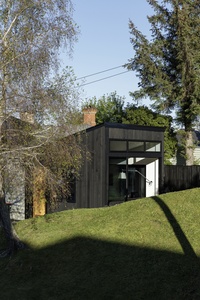
NM: Hobsonville is one, it’s not perfect but it has a lot of really good aspects where they’ve pushed the typology and there has been a greater involvement of architects and a greater emphasis on design. However, I do believe that the decision makers around the design of medium density housing need to be talking to architects more, not withstanding that there are financial factors around the delivery of that housing too.
AMH: Do you think architects should be more involved in helping solve the housing crisis?
NM: Yes, absolutely… we recently had an amazing conversation with Stuart Harrison for the 76 Small Rooms podcast, and we were talking about the suburbs and the fact that architects have been very reticent about being involved. The reality is, however, that this is quite a key way of delivering housing; a lot of people live in suburban locations and design really matters there.
There have been quite a few moves in terms of the urban design of these places but its time to actually reinterrogate the housing itself, the typologies that are being delivered and the makeup of those homes.
AMH: You mentioned 76 Small Rooms, the architecture podcast you’ve hosted with Jeremy Hansen, Mat Brown and Rich Archbold for two years now. How did that come about?
NM: It came about very quickly actually! Someone on Twitter asked if there were any good architecture podcasts in New Zealand and within a week the four of us were standing in front of Rich Naish’s E-Type House, about to embark on our first podcast recording.
We didn’t exactly know what we were doing but we had the intent to, firstly, talk about architecture to everyday people, and, secondly, to try and deliver a different angle. So much of architecture is consumed through magazines and books and privileges the photographic, but of course architecture is a fully sensory experience.
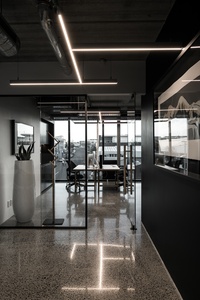
I think it’s something we all really enjoy doing, because you don’t often have or make time to have those important conversations about architecture, which, at the end of the day, is why we all do it!
AMH: I’m always blown away by the architects I meet and their dedication to and passion for the profession…
NM: I think it’s because most architects think that buildings really can make the world a better place. Your mood and outlook can be affected by the spaces you live and work in, the quality of light, the feel of it, the ease of spaces and the way they flow… To come home to somewhere that makes you go ‘aahhh’ is priceless.
AMH: Thinking about urban design for a moment, if you could change one thing in Auckland that would make the city better, what would be your first focus?
NM: Long term, I’d like to see us do more to recognise the Wai in Waitematā. Auckland City boasts one of the most beautiful harbours in the world and countless wetlands, streams and tributaries, yet our relationship with our waterways is poor. Port activities restrict connections between the central city and the sea, and many of our other waterways have become literal backwaters, fenced off, culverted and disconnected from the urban environment.
I’d like to see the city really engage with its water bodies, to consider opportunities for recreation, restoration, habitation, transportation, wellbeing, identity and sense of place. Implicit in this idea is the rehabilitation of our aquatic ecosystems, integration of mana whenua values and an understanding of our waterways as both resource and responsibility, for the benefit of us all.
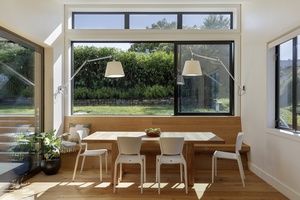
AMH: There has been a lot of talk recently about the lack of female representation, especially in the top roles, in larger firms around the world. What do you think of the position of women architects in New Zealand at the moment, are we getting better around representation or gender equality?
NM: It’s really interesting, when I came out of architecture school in 1999 the proportion of men to women was roughly 50/50 but I am acutely aware now that we are not represented in the same way that we were at school.
For a long time I thought that there wasn’t a gender problem but I’ve started to realise that after people have potentially had children, their career progression through firms is not the same. One of the challenges is around supporting new leaders going through, because perhaps there’s often an unconscious bias at play with the promotion of leaders in big companies.
AMH: I’ve heard several women architects say that leaving to have a family has been a setback in their career and that they can feel they’ve fallen behind on technology while they were out of the profession. How do we better support the mothers and fathers who have taken leave to bring up children?
NM: Anyone who parents for a while suffers from a bit of a confidence setback when they go back to work, so it’s really important we have more understanding around that, because often the skills that were developed beforehand are all there in place and just the right encouragement is required.
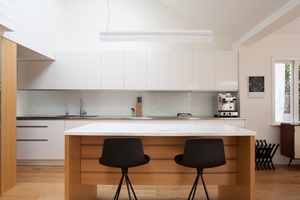
I’ve talked to a few dads who’ve been the fulltime carers and who have mentioned the same issues – it’s not particularly peculiar to women, it’s just that more women take time off to have children. To that end, one of the things I’m happy with is that I registered quite early. I think for anyone planning to take time off to have children that is a really good thing to do.
AMH: Finally, as a general profession, what could architecture be doing better?
NM: There’s good collegiality within the profession but we need to be stronger advocates for architecture, and to a certain extent, for each other. The NZIA is doing a great job on this front, and their awards programmes are good, but we do potentially suffer from being a bit of an echo chamber.
We need to take the message of architecture out beyond the profession. There is a growing design consciousness and an appetite for it, so we need to be a bit better about telling people what we do!

